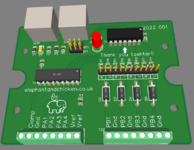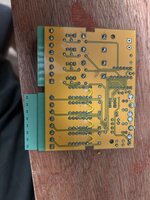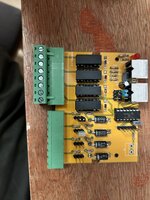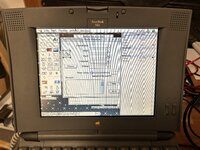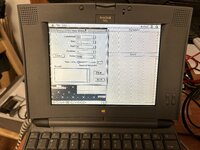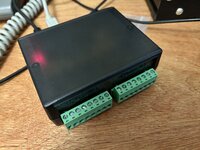Tashtari
PIC Whisperer
So I'm starting to think about a supplementary firmware design to TashIO, going for extended capabilities instead of full compatibility with the original. The mode of Port B where all the pins are analog allows the device to communicate whole bytes back to the Mac, and the write command to Port A that includes a delay allows the Mac to communicate a whole byte to the device, so I'm thinking I can take advantage of that and switch into the extended modes by means of a series of delay writes to Port A where the bytes spell out a word - very unlikely to happen unintentionally.
The 8-pin PIC12F1840 seems like a good candidate for this and could make a wide selection of capabilities available to Mac-side programmers, like UART, SPI, I2C, DAC, and PWM, in addition to emulating the basic GPIO and ADC capabilities of Port B.
Does anyone find this prospect interesting or is it a solution in search of a problem? =)
The 8-pin PIC12F1840 seems like a good candidate for this and could make a wide selection of capabilities available to Mac-side programmers, like UART, SPI, I2C, DAC, and PWM, in addition to emulating the basic GPIO and ADC capabilities of Port B.
Does anyone find this prospect interesting or is it a solution in search of a problem? =)

